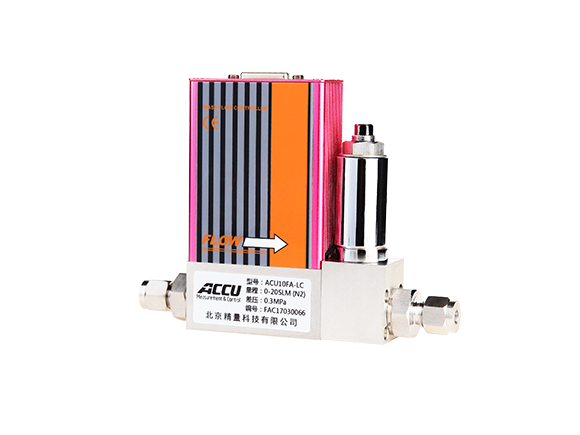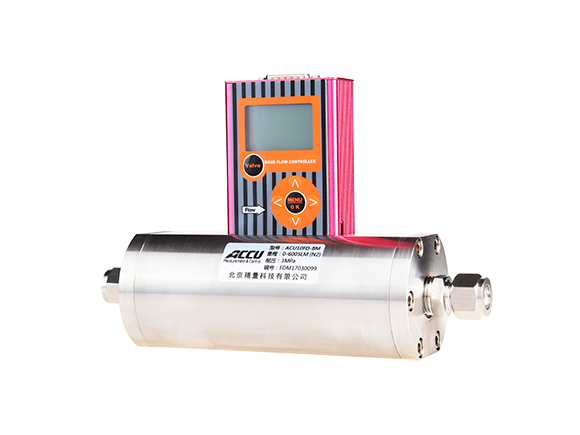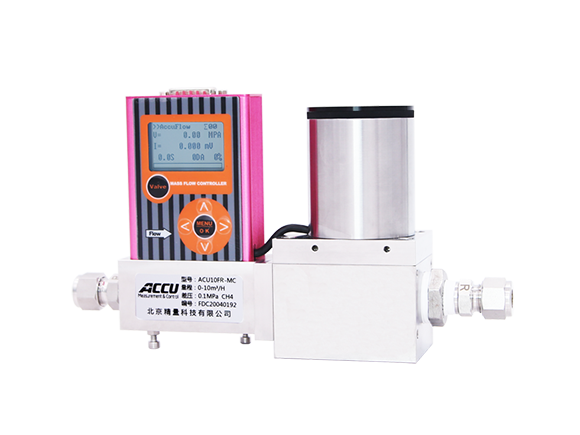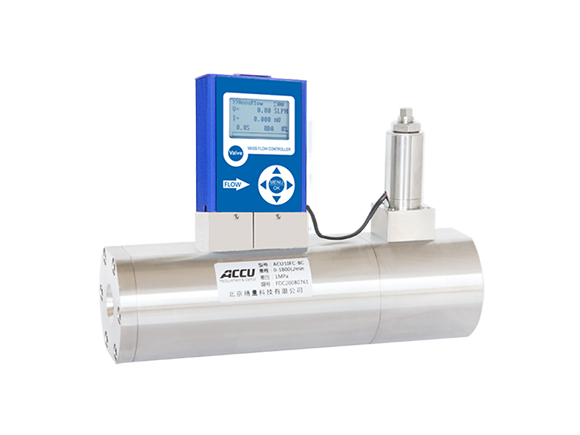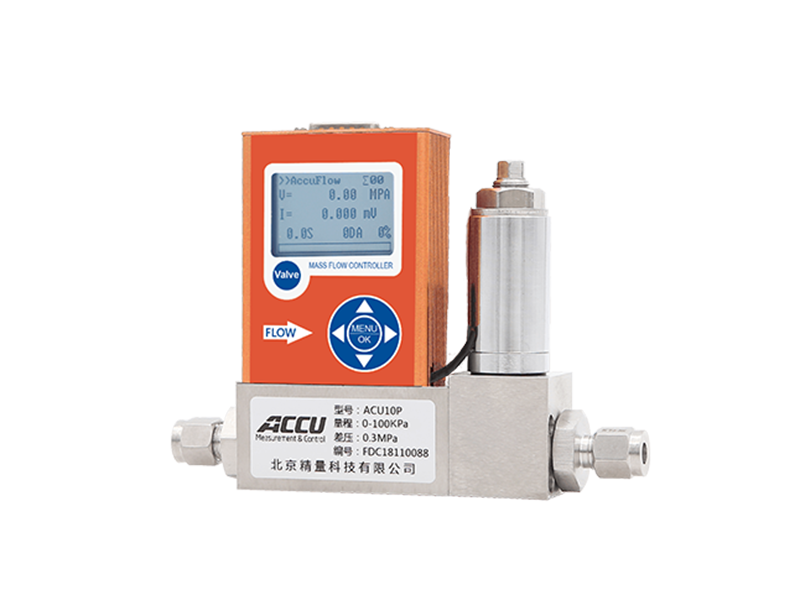Why does a mass flow meter need pressure compensation?
Most commonly used flow meters can only directly measure the volume of fluid, not the mass. If only the volume of fluid under the current operating conditions is measured, the mass flow meter can directly display the result. However, if the flow meter is required to display the fluid mass, it needs to be calculated by multiplying the instantaneously sampled fluid volume parameter and density parameter (mass = density × volume), rather than directly measuring the mass of the fluid.
As a flow instrument, the mass flow meter must measure accurate data. If the mass of the fluid needs to be measured, a problem arises: whether the density of the fluid is constant. If the density of the fluid remains consistent, the fluid density parameter can be fixed on the instrument. However, if the density of the fluid is constantly changing, the density parameter needs to be adjusted continuously according to the current fluid operating conditions. This adjustment of the fluid density parameter according to the fluid operating conditions in flow measurement is called density compensation.
The so-called pressure compensation is actually adjusting the fluid density value according to the pressure parameter in the fluid operating conditions. If only one of the temperature or pressure parameters in the fluid operating conditions is used to adjust the density parameter in the measurement, it is called temperature compensation or pressure compensation. However, if both temperature and pressure parameters are used to adjust the density parameter, it is called temperature and pressure compensation.
Previous page
Previous page:
Next page:
Related Products


